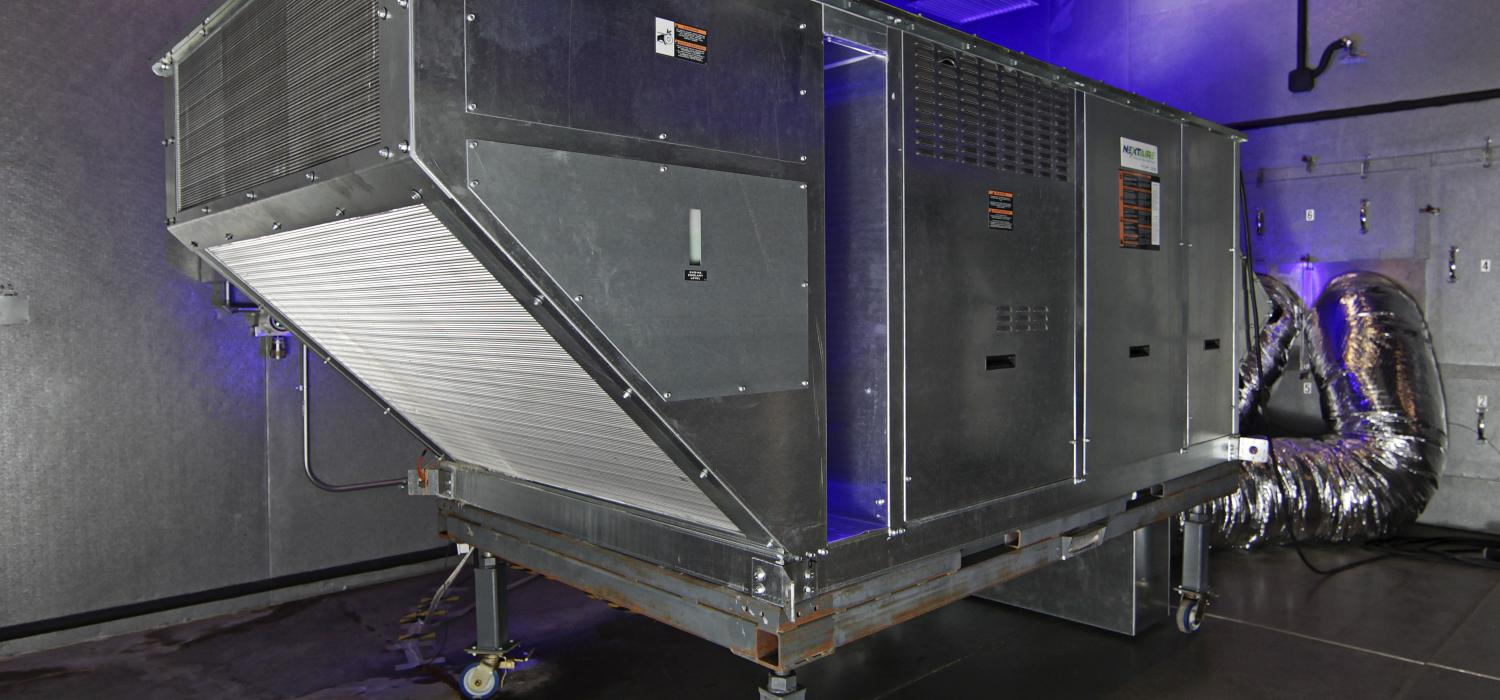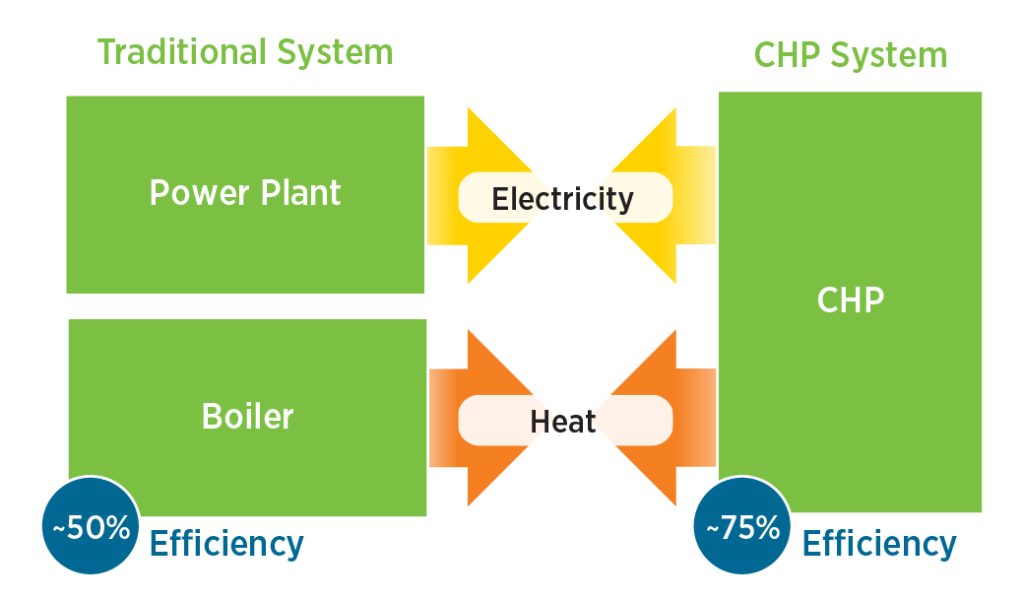Combined Heat and Power Technology


CHP is the sequential production of two forms of useful energy — typically electricity and heat — from a single fuel source. CHP increases energy efficiency and reduces waste emissions by optimizing the use of heat that would otherwise be wasted when generating power. CHP systems can also improve power quality, reliability, and overall energy security.
CHP includes a large number of energy technologies. Thermodynamic analysis of these technologies (and combinations of technologies) can identify opportunities for efficiency gains. Also decisions of how to control temperature and how to split energy between power and heat can benefit from thermodynamic analysis to improve performance and reduce cost.
Natural gas power generation, particularly using turbines and advanced reciprocating engines, is an important segment of the energy production industry. These engines are used for distributed power generation, combined heat and power applications, and total energy systems. Maximizing efficiency and minimizing environmental impacts can translate into billions of dollars in savings for the U.S. economy.
Oak Ridge National Laboratory’s CHP Related R&D Experience Includes:

ORNL Research Focus Areas that Support CHP Related Technologies